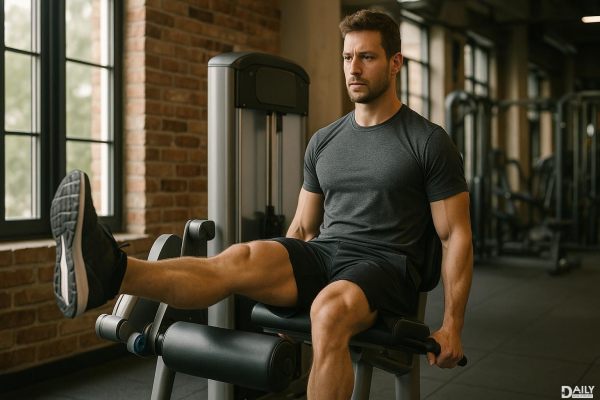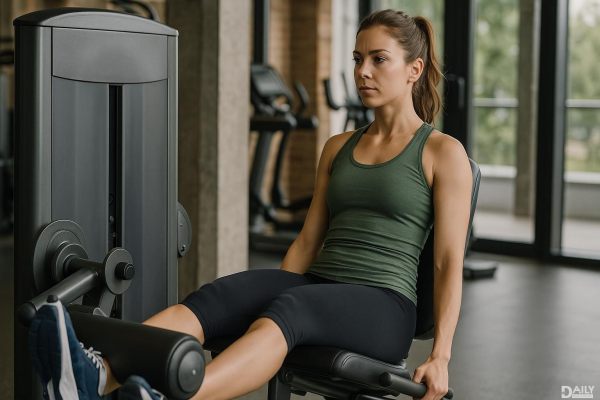You don't need a fancy gym setup to build a strong, sculpted back—just some smart exercises and maybe a few basic tools like resistance bands or dumbbells. Whether you're working out in your living room, backyard, or even a tiny apartment, these moves target your upper, middle, and lower back muscles to improve posture, reduce pain, and boost overall strength. And the best part? You can scale them up as you get stronger by adding weight or tweaking your form for extra intensity.
The Anatomy of a Strong Back
Before diving into the exercises, it helps to understand what you're working with. Your back isn’t just one big slab of muscle—it’s a complex network of layers. The deep intrinsic muscles (like the erector spinae) keep your spine stable when you bend or twist. The superficial muscles, including the latissimus dorsi (aka "lats") and trapezius ("traps"), help you pull, lift, and shrug. Then there are the intermediate muscles, like the rhomboids, which assist with shoulder movement and posture. Weakness in any of these areas can lead to slouching, aches, or even injuries during everyday activities. That’s why a balanced routine matters—you want to hit all three zones for a back that’s both powerful and resilient.
Bodyweight Basics: No Equipment Needed
If you’re starting from zero gear, these bodyweight moves are your best friends. The Superman is a classic: Lie facedown, lift your arms and legs off the floor like you’re flying, and hold for a few seconds to fire up those lower-back stabilizers. For the lats and shoulders, try Incline Push-Ups against a counter or sturdy table—the angle shifts focus to your upper back while being gentler on your wrists than regular push-ups. And don’t sleep on Floor Angels: Lying on your stomach with arms in a "T" shape, slide them overhead and back down to strengthen the often-neglected rhomboids and rear delts. These might feel subtle at first, but they’re stealthy posture-fixers.
Level Up With Household Items
Got a backpack or gallon jugs of water? Congrats, you’ve got makeshift weights. Load a backpack with books (or cans—get creative) for Bent-Over Rows: Hinge at the hips, keep your core tight, and pull the bag toward your waist to engage the lats. For a killer mid-back burner, try Reverse Snow Angels on the floor with light dumbbells or water bottles in hand—sweep your arms from your hips up past your head, squeezing your shoulder blades together. Even a towel can double as a resistance tool: Anchor it under your foot for Seated Towel Rows, pulling upward to mimic a cable-machine motion.
Advanced Tweaks for When Bodyweight Gets Too Easy
Once you’re breezing through the basics, it’s time to crank things up. Swap standard Glute Bridges for a single-leg version to force your lower back and core to work harder stabilizing your pelvis. Add a pause at the top of each rep for extra burn. If you’ve got a pull-up bar (or a sturdy tree branch), Australian Pull-Ups (bodyweight rows with your feet on the ground) are gold—angle your body lower to increase difficulty. And for a full-back torch, combine Bird Dogs (on all fours, extending opposite arm and leg) with a resistance band looped around your hands and feet to amp up the anti-rotation challenge.
Common Mistakes That Sabotage Your Progress
Even simple back exercises can go sideways if your form’s off. Avoid rounding your spine during rows or hinges—that’s a fast track to strain. Instead, imagine a straight line from your head to your tailbone. Another pitfall? Letting your shoulders creep up toward your ears during movements like reverse flies; keep them pinned down and back. And if you’re adding weight, don’t ego-lift—start light to nail the motion before grabbing heavier stuff. Remember: Quality reps beat sloppy heavy ones every time.
Consistency is key with back training. Aim for 2–3 sessions weekly, mixing these exercises to cover all muscle groups. Within weeks, you’ll notice better posture, fewer aches, and maybe even that coveted "V-taper" silhouette. No gym membership required—just you, your determination, and maybe a trusty water jug.
























